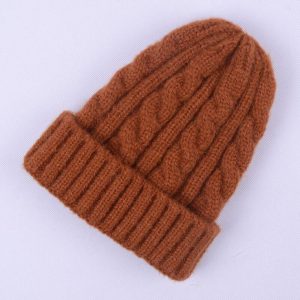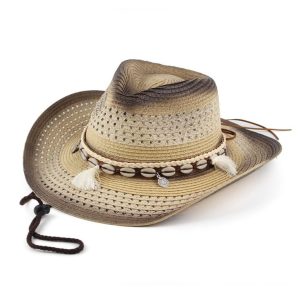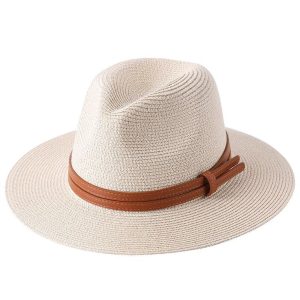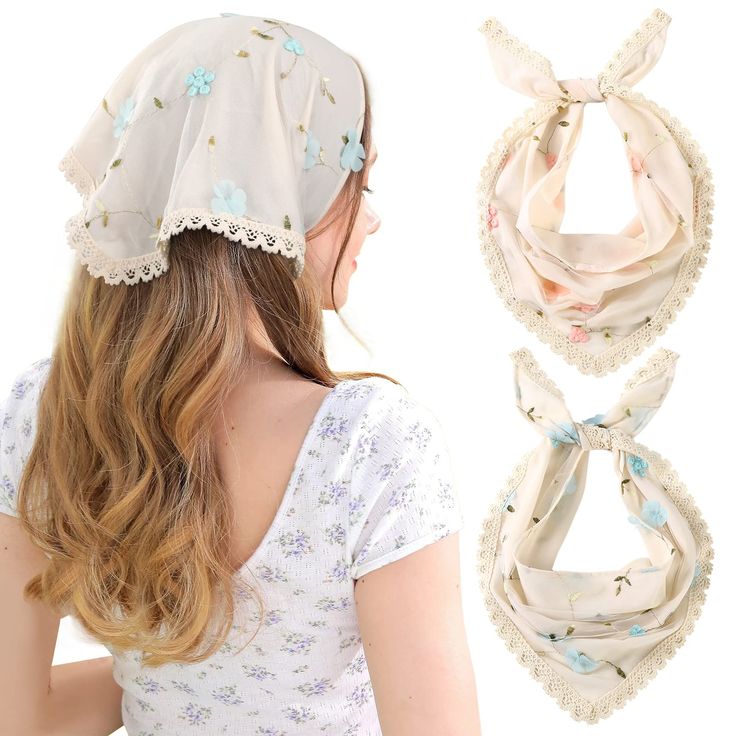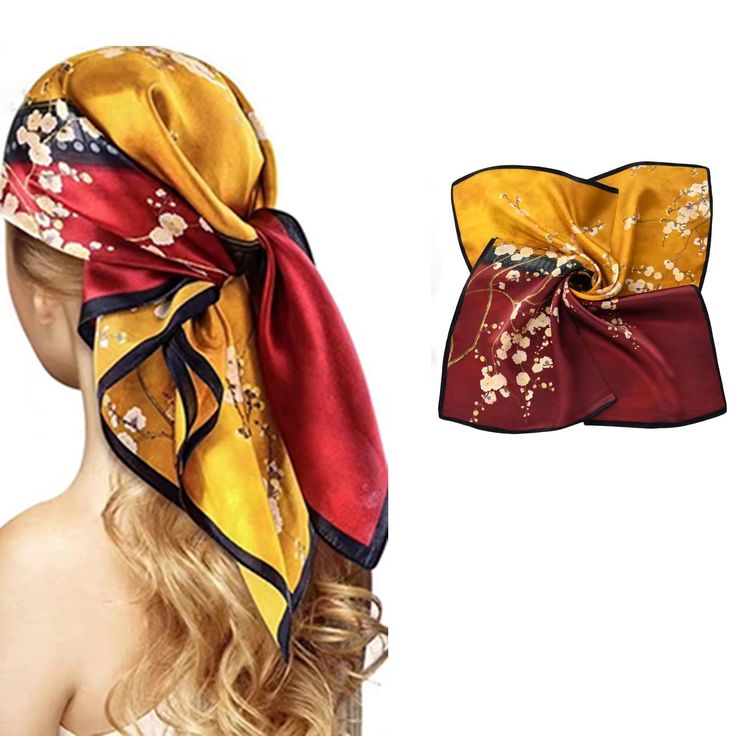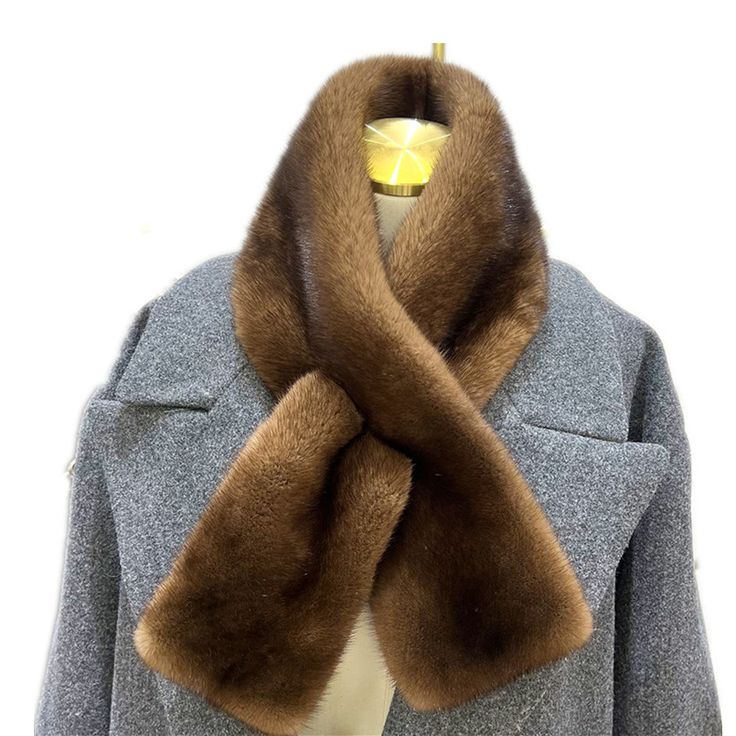The Panama hat remains an iconic piece of headwear, celebrated for its style and craftsmanship. Originating in Ecuador, its history intricately intertwines with the craftsmanship traditions of the region. While many believe the hat comes from Panama, its roots are deeply planted in Ecuadorian culture. Originally, these hats were crafted to provide solace from the intense sun. Today, they represent sophistication and charm, making them a coveted accessory worldwide.
History and Origins of the Panama Hat
Early Beginnings
The origins of the Panama hat can be traced back to the 17th century. During this period, local artisans began weaving hats from toquilla straw. This straw comes from the Carludovica palmata plant found in the Ecuadorian Andes. As these hats gained popularity, their unique airy construction became a practical solution for sun protection.
Conversely, the connection to Panama emerged when these hats became fashionable among travelers. Many years later, this bond solidified during the construction of the Panama Canal in the early 20th century. Workers wore these hats for protection against the sun while laboring for long hours. Due to this association, the world misnamed them as “Panama hats.”
Transition to Global Popularity
Global interest in the Panama hat surged in the late 19th and early 20th centuries. Travelers and expatriates brought them back to Europe and North America, where they became timeless fashion statements. Influential figures, such as writers, actors, and politicians, were often seen wearing them. This widespread visibility played a significant role in their global acceptance.
In addition, the Panama hat became synonymous with leisure and elegance. It decorated the heads of the affluent while steadily becoming a staple in summer wardrobes everywhere. As a result, the hats transitioned from mere functional items into objects of style and status.
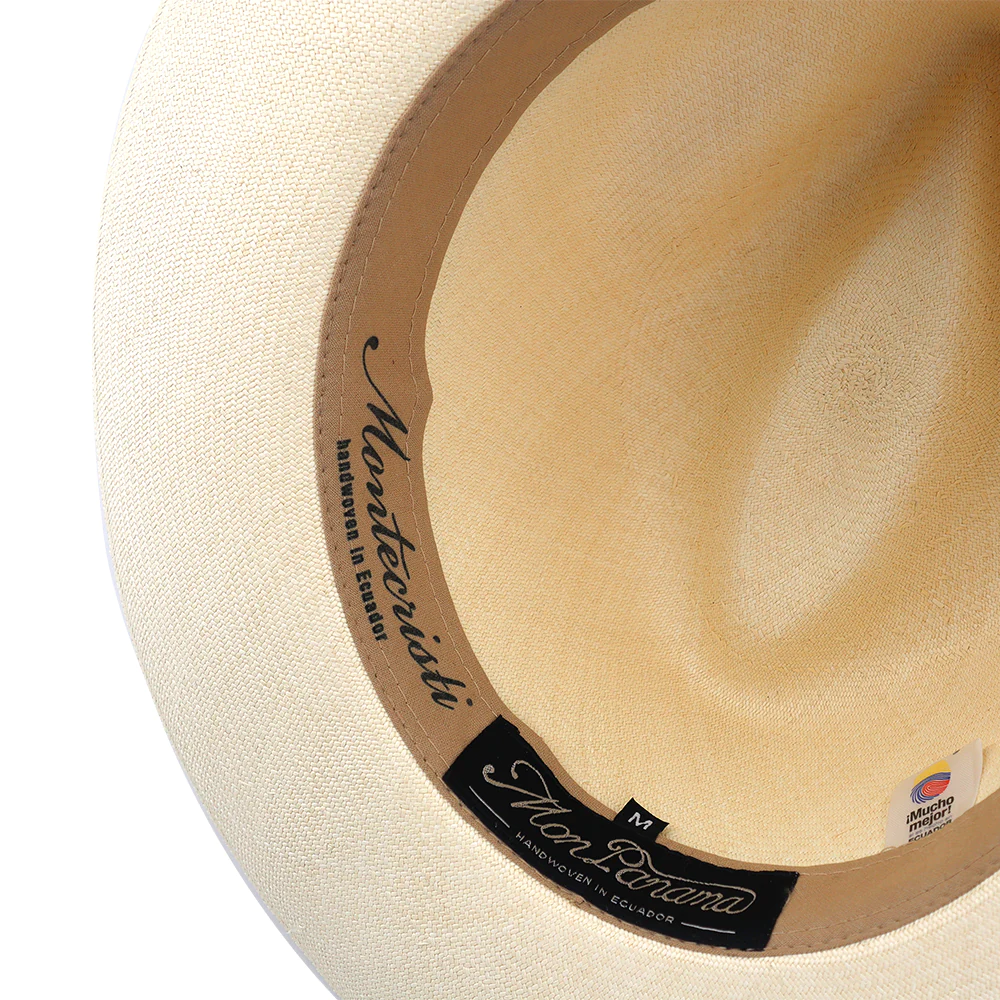
Craftsmanship and Quality
The Weaving Process
The process of creating a Panama hat is both meticulous and labor-intensive. Artisans begin by harvesting the toquilla palm leaves, soaking them to enhance pliability. This tedious process requires skillful hands and an experienced eye to ensure the best quality. Once the leaves are prepared, artisans weave them into a hat shape using various techniques.
Notably, the tighter the weave, the better the quality of the hat. Therefore, master weavers create finer and more luxurious options by employing their expertise. The premium hats can take weeks or even months to complete. As a result, each hat becomes a unique piece of artwork, often adorned with intricate patterns and designs reflecting the artisan’s style.
Enduring Styles and Varieties
The versatility of the Panama hat is evident in its many styles. Classic designs include the Fedora, the Wide-brimmed sun hat, and the Straw boater. Each of these styles offers diverse looks and practical uses. For instance, the classic Fedora is a favorite among both men and women and works well for formal occasions.
However, it is important to note that these hats are not solely seasonal accessories. Their lightweight and breathable nature makes them ideal for summer outings and tropical vacations. Conversely, many have adapted them for outdoor events year-round. This adaptability ensures that the Panama hat remains fashionable regardless of the season.
Queensland Fashion in the Modern World
A Summer Staple
In contemporary fashion, the Panama hat has secured its place as a summer staple. People often wear them at garden parties, beach outings, and vacations. The stylish silhouette offers both protection from the sun and an effortlessly chic appearance.
Moreover, the adaptability of the Panama hat extends to various outfit choices. Its neutral colors allow for seamless coordination with numerous styles. Whether paired with a casual sundress or tailored shorts and a shirt, the hat enhances the overall appearance.
As a result, fashion-conscious individuals have made it a must-have accessory in their wardrobes. Travelers often include a Panama hat in their luggage due to its light weight and versatility. Consequently, it embodies the spirit of summer everywhere.
A Symbol of Sustainability
Interestingly, the rise in eco-conscious fashion has added another layer of appeal for the Panama hat. As consumers prioritize sustainable choices, the handcrafted nature of these hats aligns with this trend well. The production process, which relies on natural fibers, offers an environmentally friendly alternative to synthetic materials.
Moreover, purchasing a Panama hat supports local artisans and communities in Ecuador. By investing in these crafts, consumers contribute to the preservation of traditional weaving techniques. This connection between fashion and sustainability adds depth to the item, making it more than just a stylish accessory.

Care and Maintenance of Panama Hats
Proper Handling Techniques
To ensure the longevity of a Panama hat, proper care is essential. First, it is crucial to handle the hat gently to avoid deformation. When removing the hat, always lift it by the brim. This practice helps maintain its shape and structure, preventing unwanted dents or creases.
In addition, storing your Panama hat in a cool, dry place is advisable. Avoid crushing it under heavier items, as this can alter its form. Instead, use a hatbox or place it upright on a shelf. Proper storage techniques will help maintain its aesthetic and prolong its lifespan significantly.
Cleaning and Restoration
Over time, Panama hats may gather dust or become soiled. Therefore, cleaning them regularly is necessary to keep them looking their best. Use a soft-bristled brush to remove any dust or dirt gently. Additionally, avoid using water, as it may cause damage. Instead, take care to handle any stains with a damp cloth and a mild detergent.
If significant wear is apparent, consider taking the hat to a professional for restoration. Expert cleaners understand the intricacies of the weaving process and can revitalize your hat. With proper care and attention, your Panama hat can last for years, making it a worthwhile investment.
Fashion Icons and Influencers
Celebrity Endorsements
In recent years, various celebrities have embraced the charm of the Panama hat. Hollywood A-listers and fashion icons often sport these hats on red carpets and in magazine spreads. Notably, style-savvy individuals like Johnny Depp, Kate Moss, and Rihanna have been seen wearing them.
These endorsements have undoubtedly contributed to the hat’s enduring popularity. As celebrities showcase them during events, they often inspire their fans to adopt similar styles. Consequently, the Panama hat continues to be a fashionable choice for many followers of trends.
Social Media and the Rise of Influencers
In addition to celebrity endorsements, social media influencers have played a vital role in promoting the Panama hat. Platforms like Instagram and TikTok allow users to share their fashion choices with a broad audience. When influencers wear Panama hats, their followers take note and often seek out similar pieces.
Furthermore, influencers creatively style these hats in various settings. Whether they are on vacation or enjoying a sunny day at the park, their posts showcase the versatility of the hat. As a result, this accessibility encourages more people to incorporate the Panama hat into their wardrobes.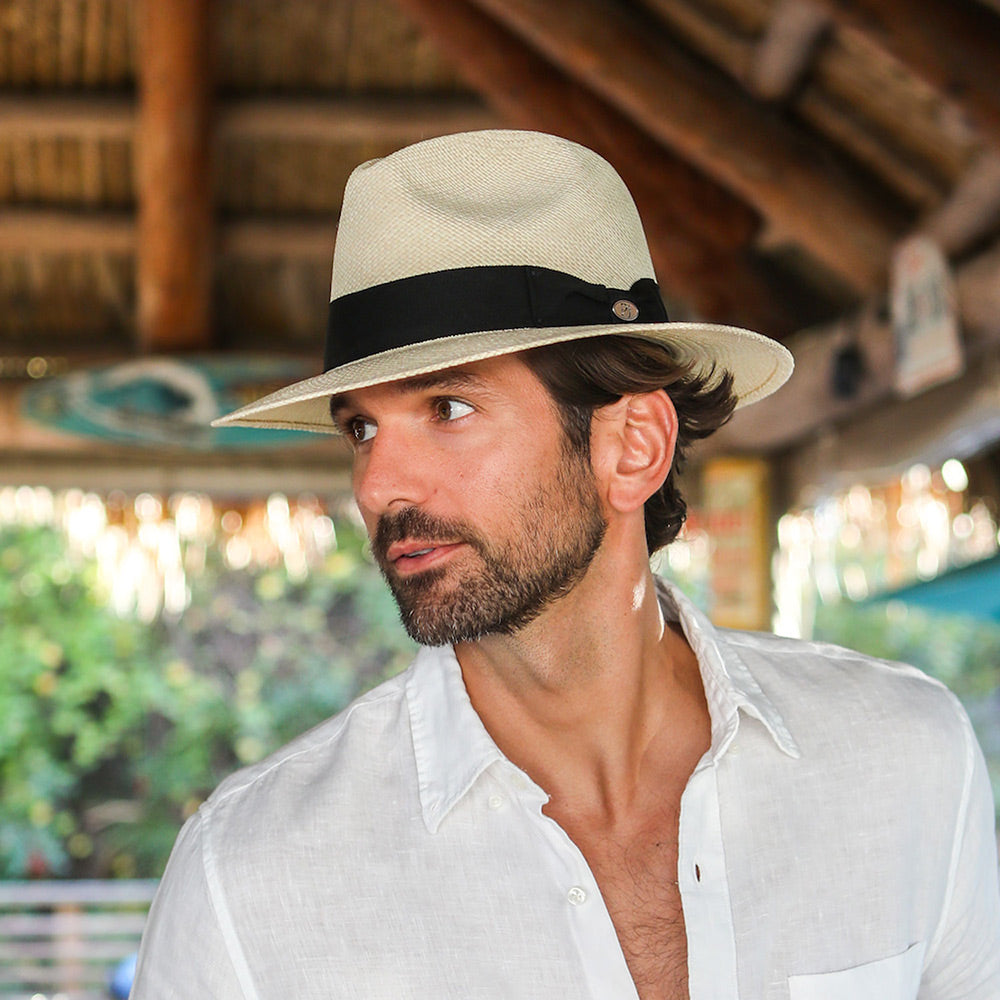
Cultural Significance and Symbolism
A Reflection of Ecuadorian Culture
While the Panama hat is cherished globally, it also holds profound significance in Ecuadorian culture. The art of hat-making reflects generations of traditions and regional pride. In fact, the UNESCO recognition of this craftsmanship underscores its cultural importance.
Each artisan’s weaving technique embodies their unique style and heritage, extending beyond mere functionality. Wearing a Panama hat can symbolize respect for the rich cultural heritage of Ecuador. Consequently, this connection fosters appreciation for the craftsmanship and dedication involved.
A Universal Symbol
Moreover, the Panama hat has transcended its geographical origins, becoming a global emblem of summer and leisure. Whether worn by locals in Ecuador or fashion enthusiasts elsewhere, the hat carries connotations of relaxation and escape. It conjures images of sunny beaches and outdoor adventures.
Thus, the Panama hat serves as a bridge, linking cultures while also representing individuality. Its presence in global fashion unites people under the shared pursuit of style and comfort. Whether attending a gathering, relaxing on vacation, or engaging in daily life, this hat remains a beloved accessory.
Conclusion: The Lasting Legacy of the Panama Hat
The Panama hat has established itself as a timeless accessory that transcends generations. With a rich history rooted in Ecuadorian craftsmanship, it has captured global attention for its elegance and versatility. This journey from humble beginnings to global stardom is nothing short of remarkable.
Today, its ability to effortlessly compliment various outfits showcases its adaptability. Moreover, as consumers become more eco-conscious, the Panama hat aligns beautifully with their values. Its sustainable production methods are a timely reminder of fashion’s potential to positively impact communities.
Ultimately, the Panama hat symbolizes style, sophistication, and cultural pride. Whether worn by celebrities or the everyday individual, it continues to resonate with people around the world. As we celebrate fashion’s evolution, the Panama hat stands as a testament to the art of traditional craftsmanship and enduring style.

